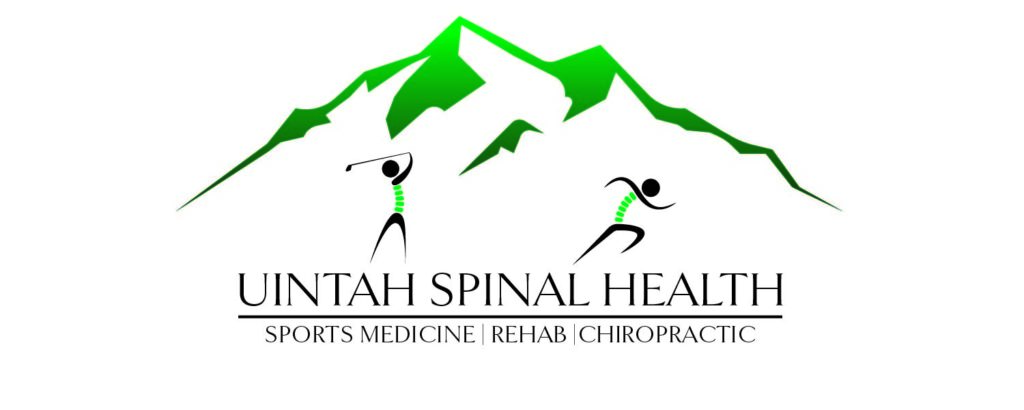The mechanics of the golf swing is difficult to master. In fact swinging the golf club with wrong swing mechanics is often what will cause injury. Casual and amator golfers are at higher risk of injury for multiple reasons. Improper swing mechanics, sitting down at a desk for multiple hours a day, and not taking care of your body to just name a few examples. Lower back pain is the most common injury among all golfers.
Here are the top 4 swinging motions (swing characteristics) that lead to lower back pain.
#4 Hanging Back
This swing characteristic is a killer in a way that you will harm your back and lose power in your swing (lost distance). Hanging back is easily seen in a face on view of you swinging at the impact position (striking the golf ball). When you are at impact your body is leaning back on to your trail (back) foot. Here is a VIDEO 4 of this swing.
If this is coupled with #1 Reverse Spine Angle (seen below) then you are just waiting for an explosion to happen in your lower back that will put you out of the game for a long time. This will lead to pain in the lower right part of your back.
#3 Early Extension
This characteristic is the most common among golfers. This is when you shift your weight forwards (towards the ball) rather than rotational weight shift at impact. Here is a VIDEO 3 of what this swing looks like.
This is when you are not using your hips effectively and will also lose power in your swing.
#2 “S” Posture
This starts at set up. If you set up the golf ball with an arched back you have “S” Posture. This puts more stress and strain on your lower back then is desired. Here is a VIDEO 2 of what this looks like.
This posture often comes with golfers who sit all day at home or at work. If you sit for many hours of the day, then you probably are dealing with lower-cross syndrome. This syndrome is basically a muscle imbalance that your legs and lower back adapt to from sitting in one position for many hours in a day, for months on end.
#1 Reverse Spine Angle (aka: reverse pivot)
This is by far the worse one of the four. When swinging a club you can see this at the top of your backswing. Film your swing with the camera facing you. At the top of your swing, draw a line from your head to your belt buckle. If that line is angled toward the desired target then you have a reverse spine angle swing characteristic. Here is a VIDEO 1 of this type of swing.
If you are swinging with this movement in your swing, it is not a matter of if you will deal with lower back pain but WHEN. For a right handed golfer you will be dealing with pain in the lower right part of your back. You are dealing with this, it must be corrected if you want to enjoy golf long into your life.
If you are dealing with lower back pain as a result of golfing, you are doing one of these swing characteristics until proven otherwise.
Why might you be doing these swing characteristics? 1) You don’t know that you are doing it and you need to be coached. 2) Your body has some physical limitations that prevent you from swinging any other way. Limitations like mobility/flexibility and stability/strength issues. Your body finds many ways to compensate around those physical limitations and that is where these injuries come about.
If you see yourself or your friend swing with one of these swing characteristics then as a Titleist Performance Institute (TPI) Medical provider I suggest you do two things:
- Go through a TPI screen with swing analysis
- Here we will find the Body-Swing connection and what physical limitations that you have and may cause you to swing that and correct them.
- We do that in our office to help the golfers in the Utah Valley Community.
- Get with a swing coach and get coached in a more efficient swing for your body type with the proper cues.
Our mission is to help improve golf in Utah by improving your health and wellness, reducing risk and injury, and improving performance.
